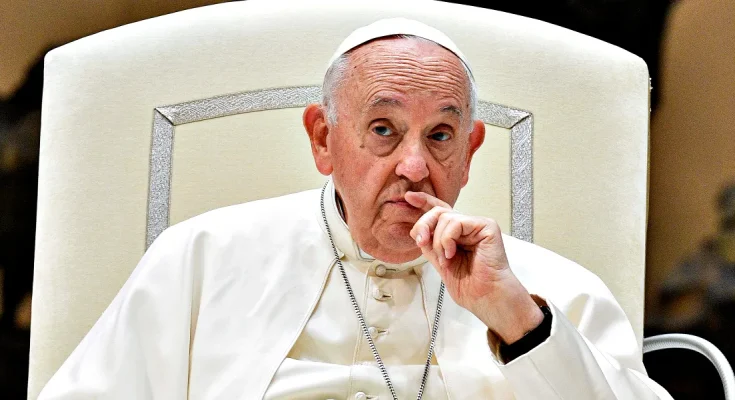Before a pope is buried, the Church carries out a series of traditional rites that mark the end of his papacy. Among them is the defacing of his ring — a symbolic gesture that signals his authority has formally ended.
In the heart of Vatican City, beneath the dome of St. Peter’s Basilica, Pope Francis was laid to rest with ceremonies that blended centuries-old tradition and his trademark humility. He died at age 88, remembered not only for his calls to reform the Church, but also for his quiet devotion to the poor and the marginalized.
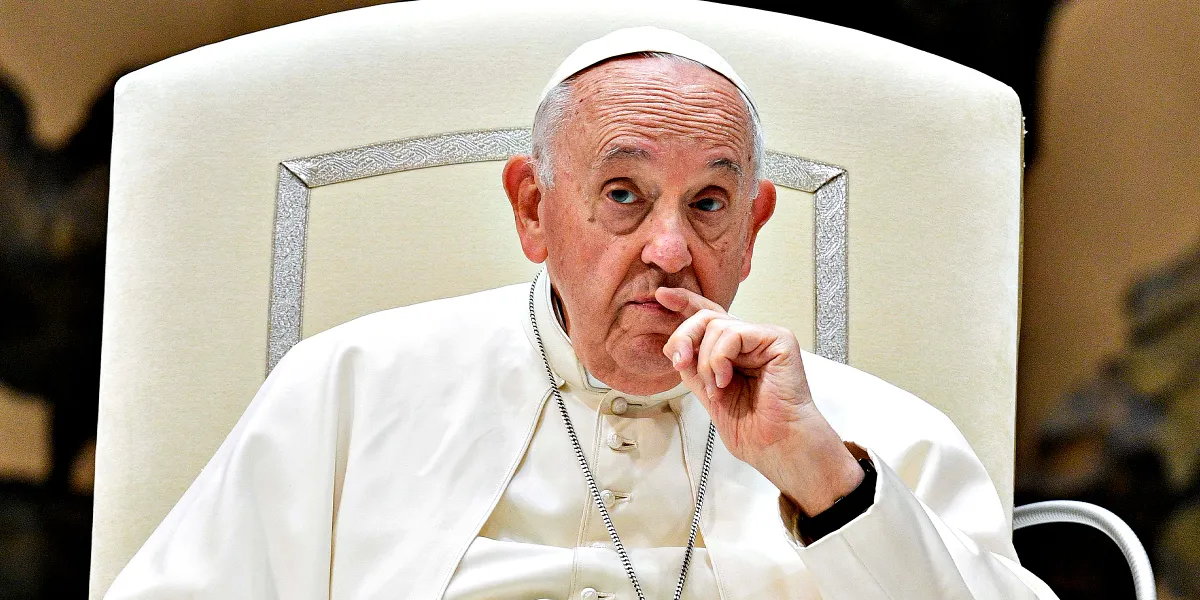
His death marked the return of deeply symbolic rituals, some dating back more than a thousand years. From the red vestments to the broken ring, every step of his farewell followed a script shaped by history, devotion, and the enduring customs of the papacy.
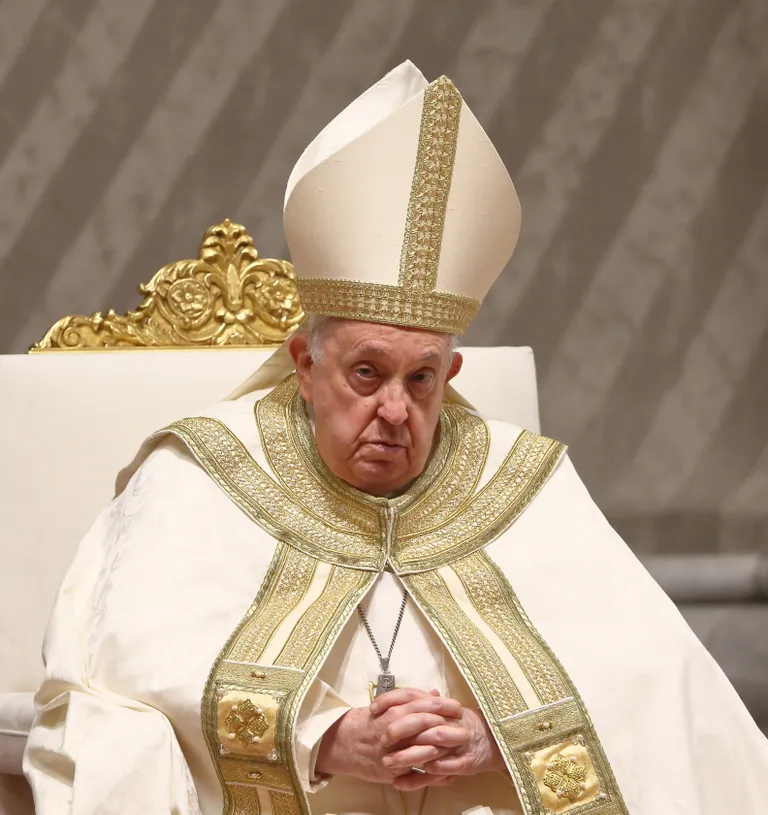
Simplicity and Splendor: Inside the Pope’s Funeral
Pope Francis’ funeral was a moment of deep emotion and global reflection. As the first Latin American pontiff and a champion of the poor, his death drew mourners from around the world to Vatican City to say goodbye.
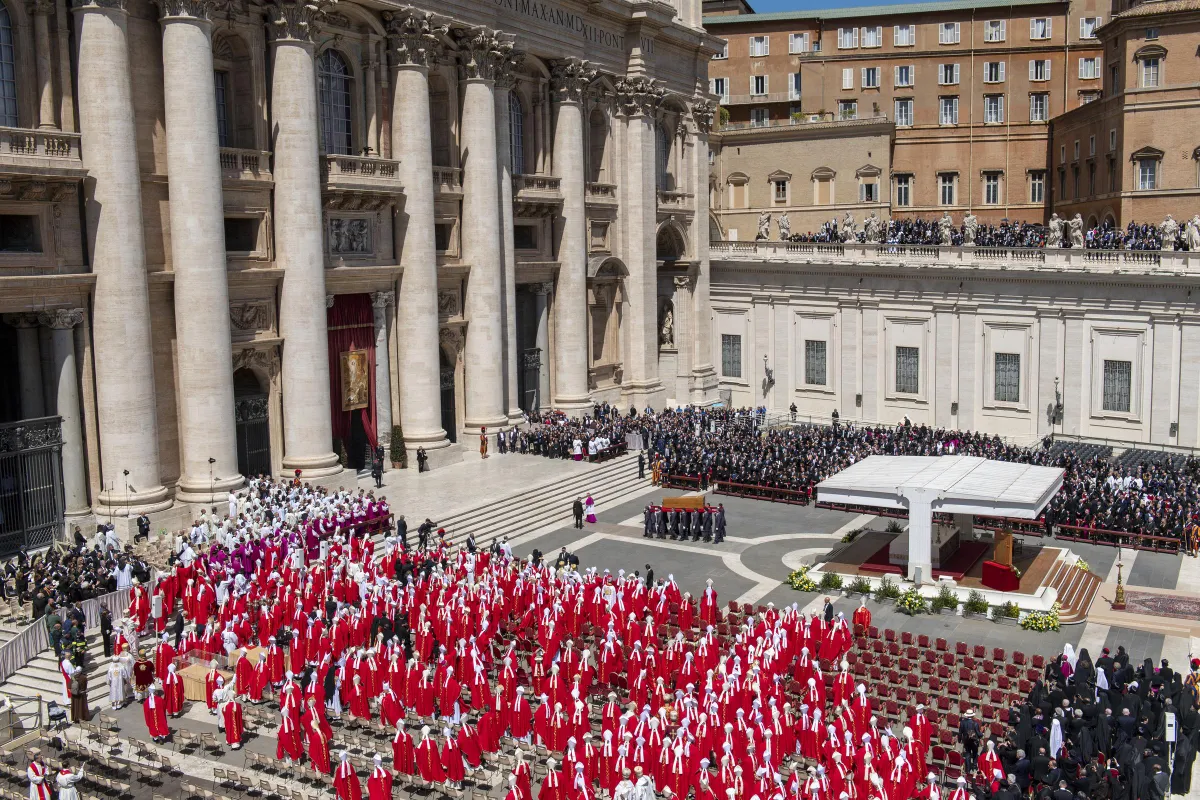
The rites began with his body lying in state inside St. Peter’s Basilica for three days. Dressed in a white cassock and red vestments — the traditional colors for papal funerals, symbolizing martyrdom and sacrifice — he rested in an unadorned oak coffin, placed at floor level as a gesture of humility.
On Saturday morning, the funeral Mass took place outdoors in St. Peter’s Square. The service opened as his coffin was carried from the basilica to the sound of hymns.
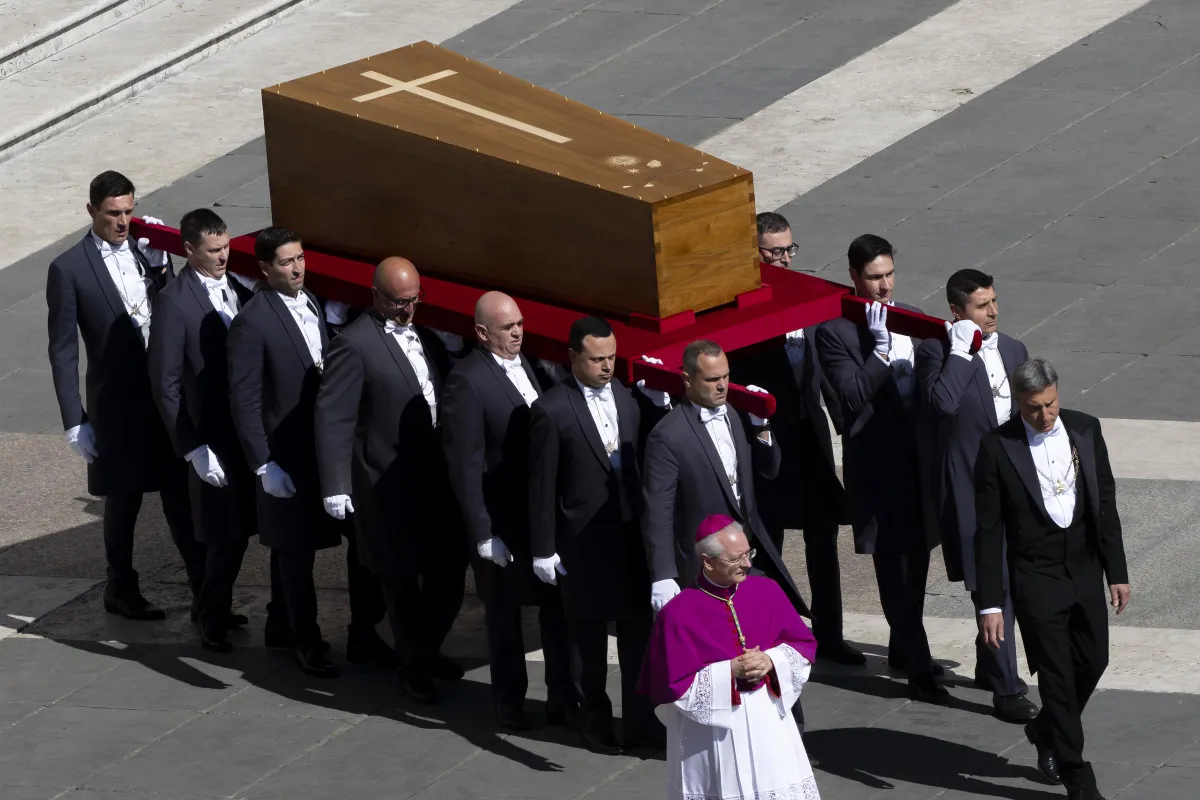
The service drew worldwide leaders. Among those attending were U.S. President Donald Trump, British Prime Minister Keir Starmer, Ukrainian President Volodymyr Zelenskyy, Prince William, French President Emmanuel Macron, German President Frank-Walter Steinmeier, and European Council President António Costa.
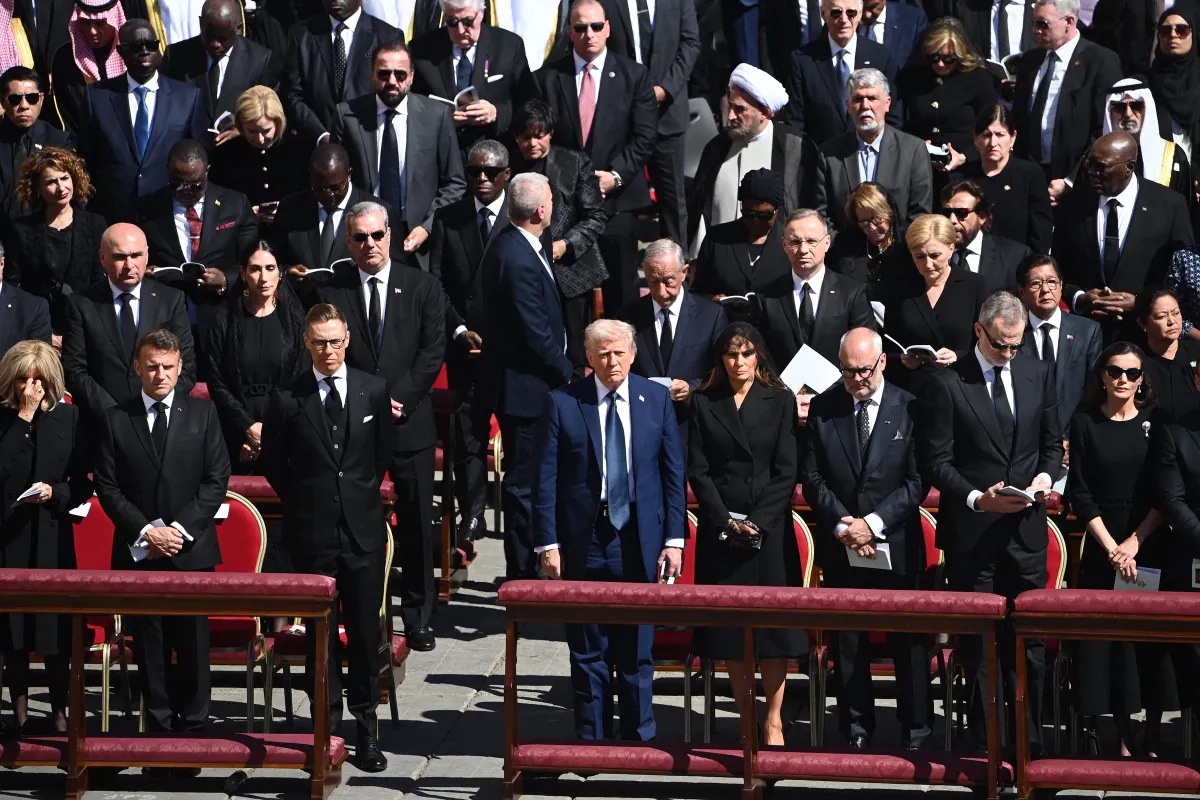
Although the ceremony was solemn, moments of warmth emerged. Many young pilgrims were already in Rome for the postponed canonization of Carlo Acutis and a Holy Year event for teenagers. Some snapped photos or smiled through tears — a farewell to a pope known for his closeness to ordinary people.
After the Mass, the coffin traveled by motorcade through the streets of Rome to the Basilica of Santa Maria Maggiore — a destination the pontiff had chosen long before his death.
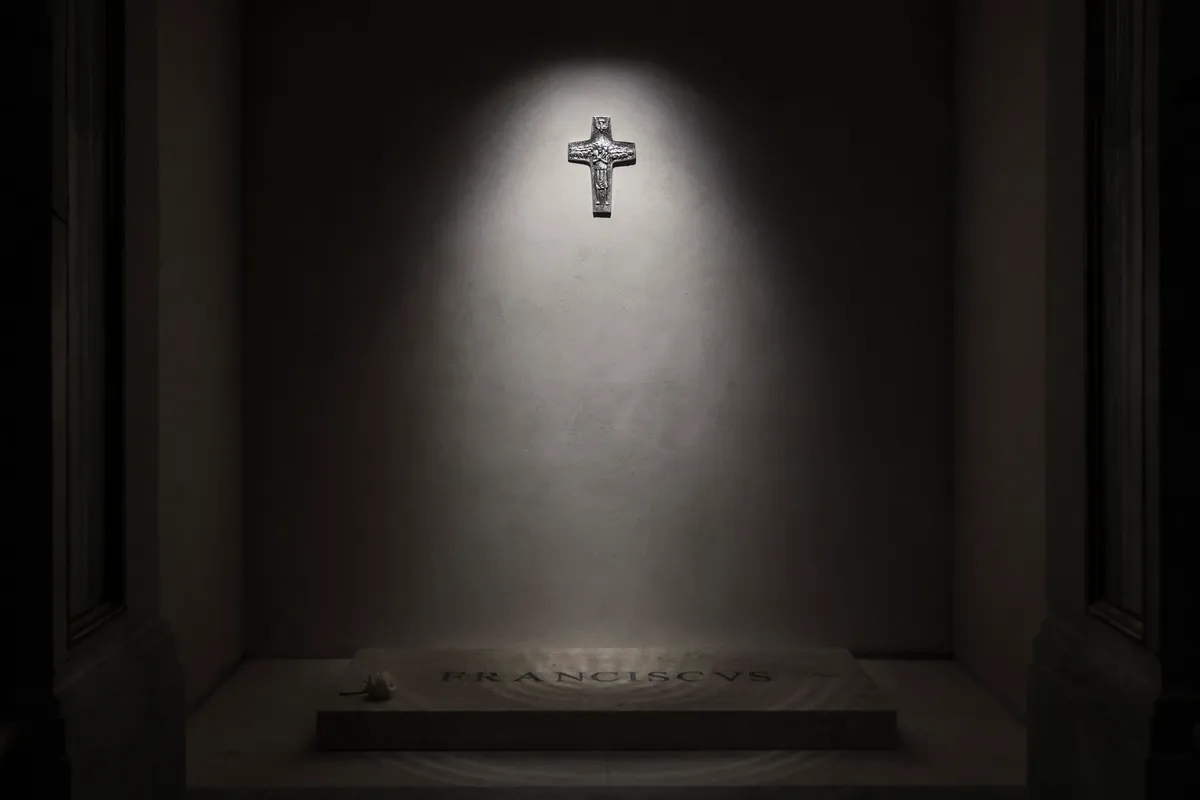
He often visited the church to pray before the Salus Populi Romani, a Byzantine icon of the Virgin Mary cradling the infant Jesus. The image, kept in a side chapel, was among his most cherished devotions.
Following his wishes, he was not buried in the Vatican grottoes. Instead, his tomb was placed beside the statue of Mary, Queen of Peace, in a quiet side aisle of the basilica. The location reflected both his lifelong Marian devotion and his request for a private, prayerful final resting place.
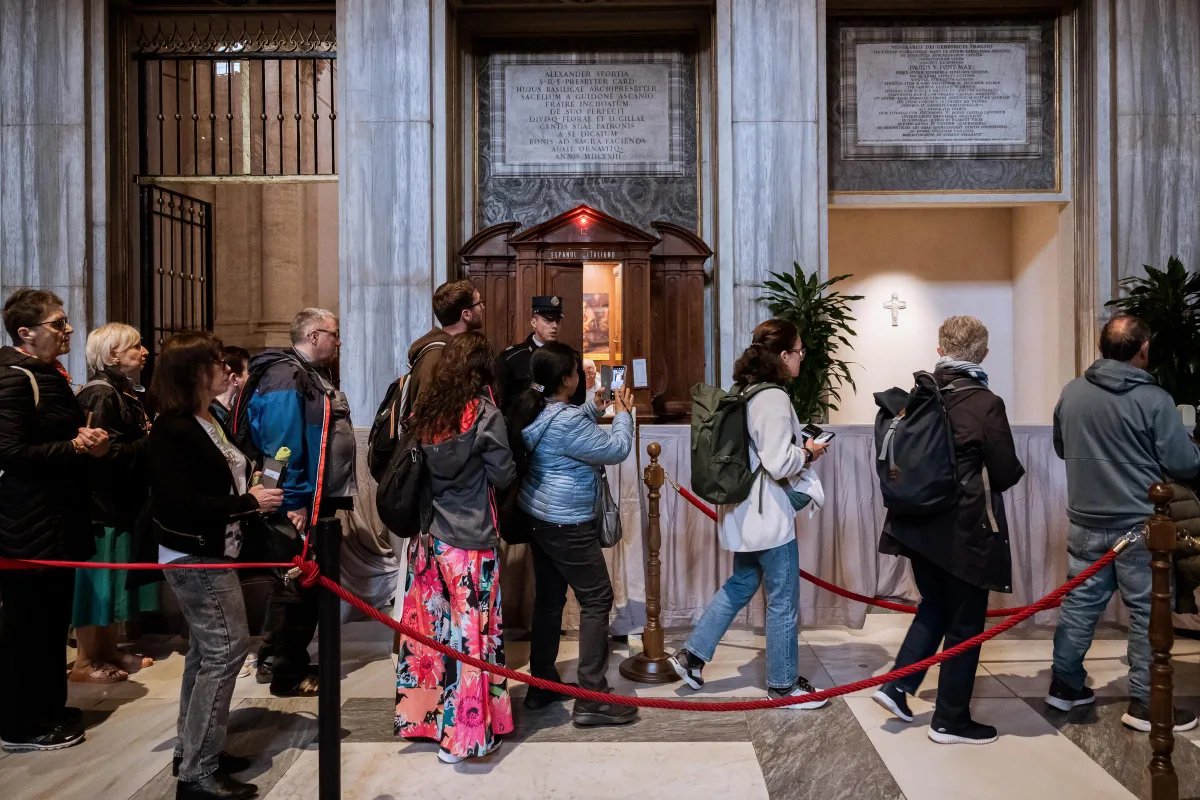
Francis also declined the traditional triple-coffin system used in previous papal funerals. The pared-down burial reflected the same simplicity and pastoral spirit that shaped his twelve-year papacy.
Yet even as the Church honored his wishes, myths about ancient papal death rituals began to circulate once again.
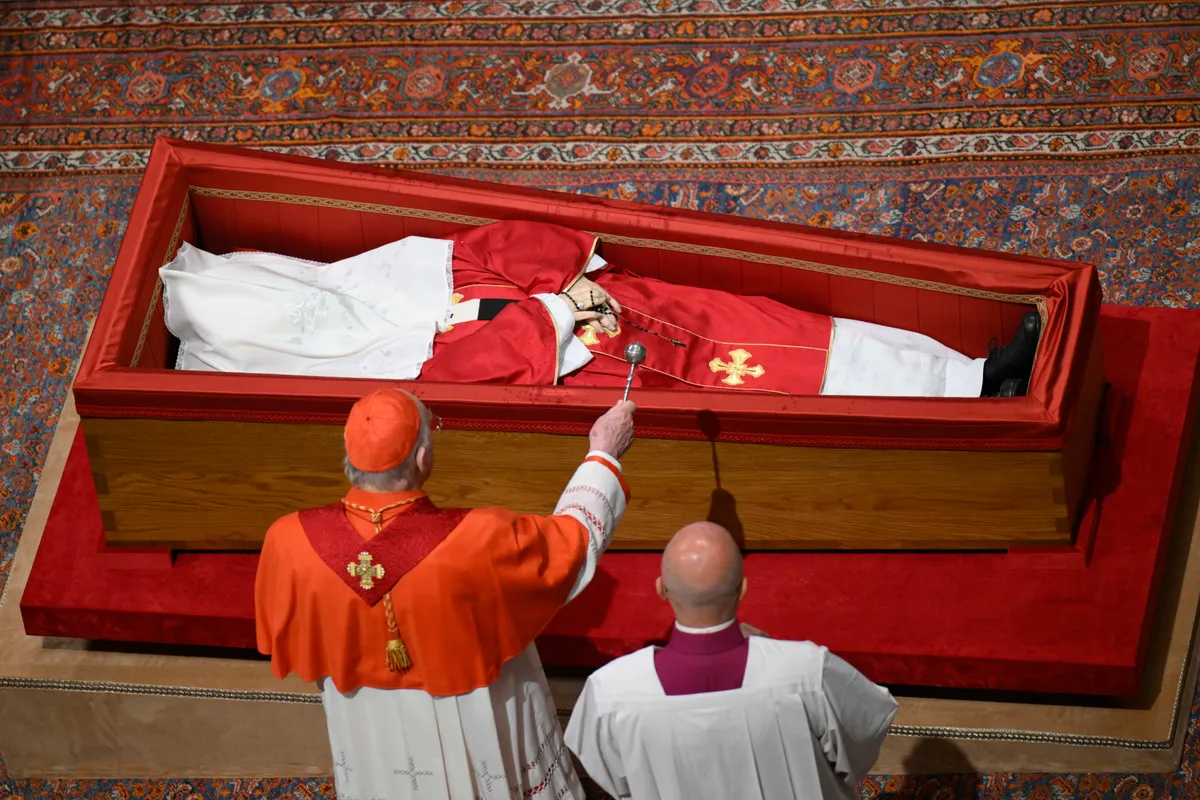
How Papal Death Is Really Confirmed
Over the years, a widely repeated story has claimed that when a pope dies, the camerlengo gently strikes his head three times with a small silver hammer while calling out his baptismal name — a symbolic act to confirm death. Some traditional Catholic sources, including recent reports, continue to describe this as part of the ritual.
The myth gained new attention in January 2023 after a Facebook post featured a screenshot of a tweet claiming that a special “dead-pope hammer” is used to confirm a pontiff’s death.
However, experts and official records contradict this version. Professor Ulrich Lehner, a theologian at the University of Notre Dame, called it “an old tale which is not mentioned in any official text.”
According to Lehner, the story likely originated in the 19th century, possibly influenced by cultural fears of premature burial, and has been widely repeated despite lacking historical documentation.
Rev. David Collins, a professor at Georgetown University, pointed out, “There is no reference to a silver hammer, the calling out of the pope’s baptismal name or the smashing of rings and seals in the document,” he said, referring to the 1996 constitution Universi Dominici Gregis.
The document reportedly stated, “As soon as he is informed of the death of the Supreme Pontiff, the Camerlengo of Holy Roman Church must officially ascertain the Pope’s death, in the presence of the Master of Papal Liturgical Celebrations, of the Cleric Prelates of the Apostolic Camera and of the Secretary and Chancellor of the same; the latter shall draw up the official death certificate.”
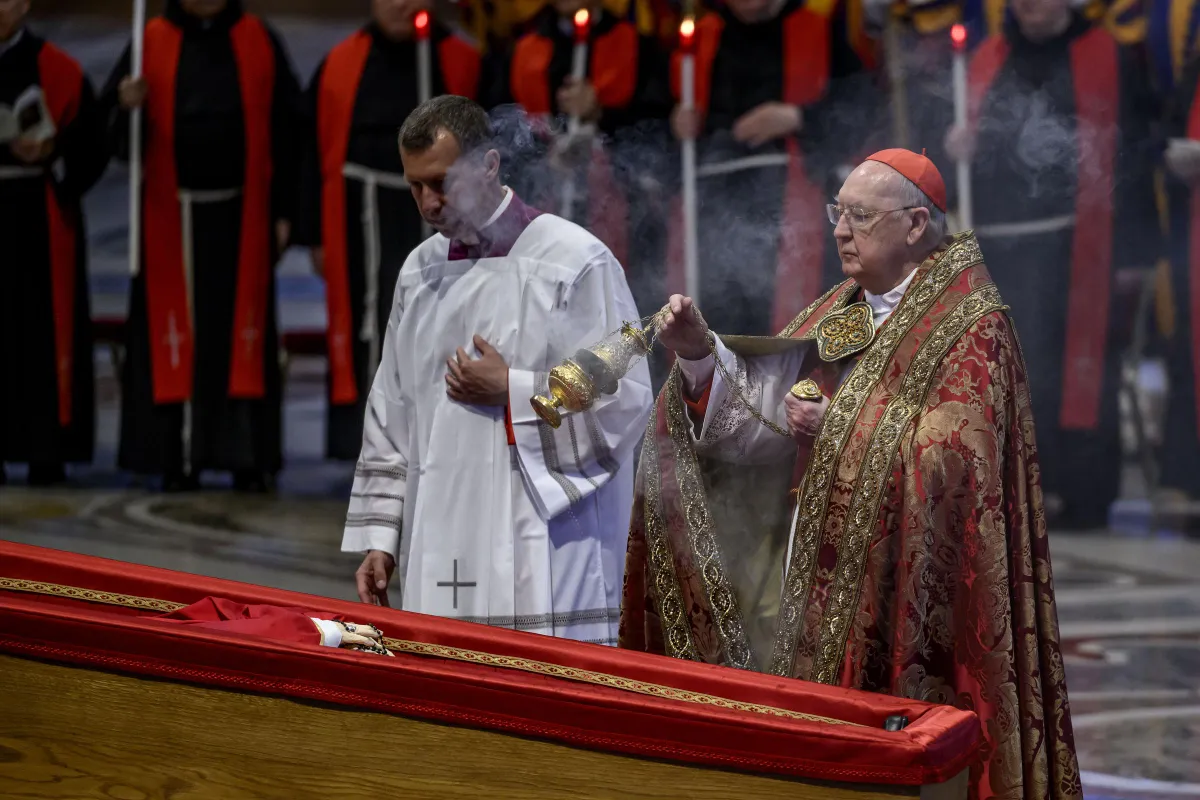
In Francis’ case, his death was confirmed through modern medical procedures. “In this case, as in the case of the last several popes, doctors would be on hand to make the call,” Rev. David explained. “The camerlengo is there to ensure this happens.”
Then, following protocol, Cardinal Kevin Farrell — the camerlengo — performed the official duties required after a pope’s passing. Farrell formally declared the death in Latin by saying, “Vere, Franciscus mortus est,” which means “Truly, Francis is dead.” He did this in the presence of Vatican officials.
He also secured the pope’s private rooms, checked for a last will and testament, inventoried items, and authorized the official death certificate. The papal apartment was sealed, and a guard was posted outside. These actions marked the beginning of the papal interregnum — the period when the seat of the pope is officially vacant.
With the pope’s passing confirmed, attention shifted to the ancient symbols of his authority, and what had to be done with them.
